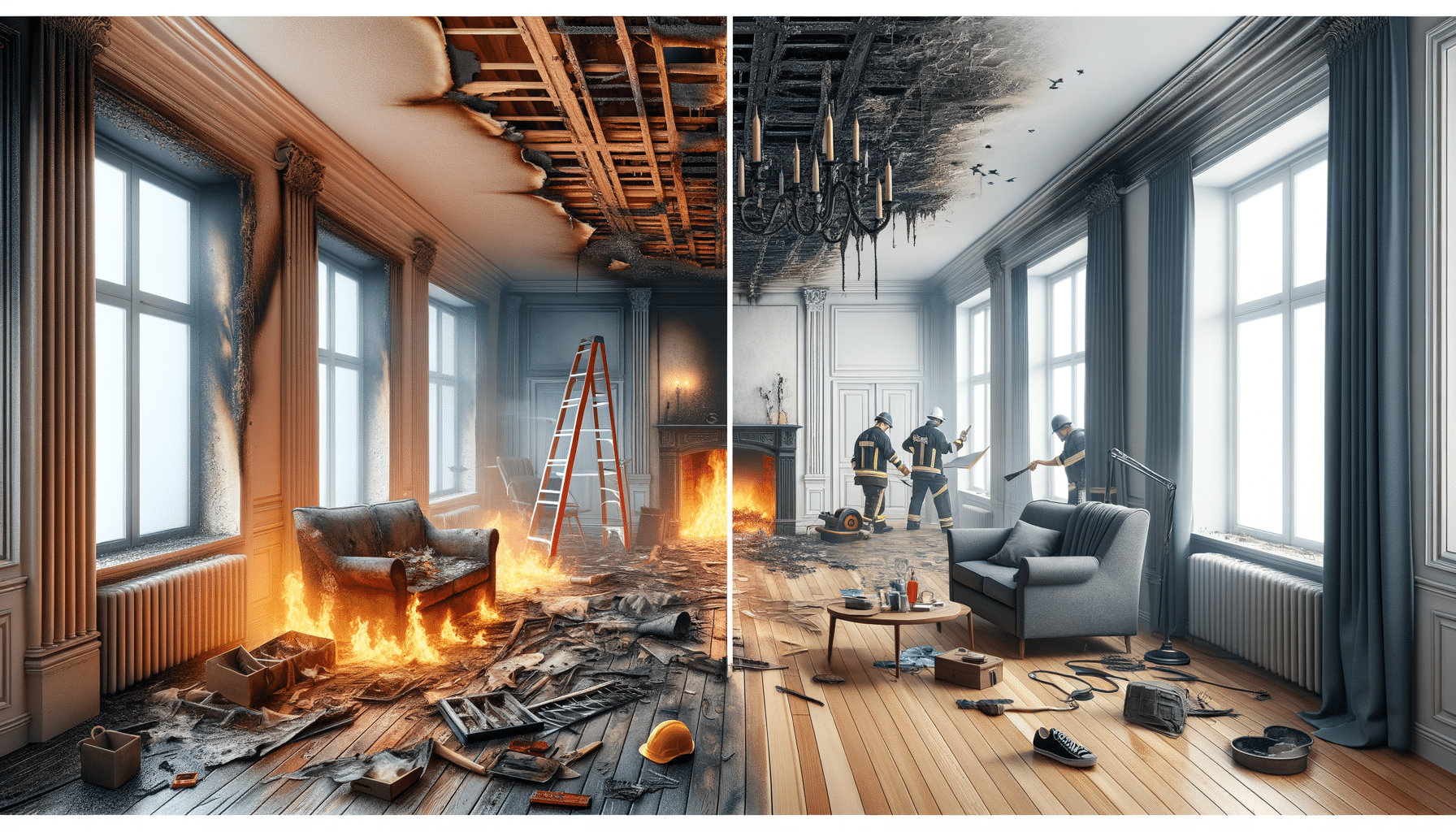
Understanding Fire Damage and Restoration Services
Introduction to Fire Damage
Fire damage is a devastating event that can affect homes, businesses, and the environment. Understanding its impact is crucial for anyone who has experienced or wants to be prepared for such an incident. Fire not only destroys physical structures but can also lead to serious environmental and health issues. The importance of addressing fire damage promptly and efficiently cannot be overstated, as it involves complex processes of cleanup, repair, and safety assessments.
The Immediate Aftermath of a Fire
After a fire, the immediate priority is ensuring the safety of all individuals involved. Once safety is confirmed, assessing the extent of the damage becomes the next critical step. Fire damage can vary greatly depending on the fire’s intensity and duration. Common types of damage include structural damage, soot and smoke damage, and water damage from firefighting efforts. Each type of damage requires specific attention and expertise to address effectively.
Immediate actions often include:
- Securing the property to prevent further damage or unauthorized access.
- Assessing structural integrity to ensure safety during restoration.
- Beginning the cleanup process to remove debris and hazardous materials.
Understanding Fire Restoration Services
Fire restoration services are essential in returning a damaged property to its pre-fire condition. These services involve a series of steps, each designed to address different aspects of fire damage. Professionals in this field are trained to handle the complexities of fire restoration, from initial assessment to final repairs.
Key components of fire restoration services include:
- Damage Assessment: A thorough inspection to determine the extent of damage and develop a restoration plan.
- Smoke and Soot Removal: Specialized cleaning techniques to remove smoke and soot residues from surfaces.
- Water Damage Mitigation: Addressing water damage caused by firefighting efforts, including drying and dehumidification.
- Reconstruction: Repairing and rebuilding damaged structures to restore the property.
Environmental and Health Considerations
Fire damage can lead to significant environmental and health concerns. The release of hazardous chemicals and particulates during a fire poses risks to both the environment and human health. Smoke inhalation and exposure to toxic substances are common health risks associated with fire damage.
Effective fire restoration involves addressing these concerns through:
- Air Quality Control: Using air scrubbers and filtration systems to improve indoor air quality.
- Hazardous Material Removal: Safe disposal of materials containing asbestos, lead, or other toxic substances.
- Health Risk Assessment: Evaluating potential health risks to occupants and implementing necessary precautions.
Conclusion: The Importance of Professional Fire Restoration
Fire damage is a complex issue that requires professional intervention to ensure thorough and effective restoration. The process involves addressing structural, environmental, and health concerns, making it essential to engage experienced professionals. By understanding the intricacies of fire damage and the services available, property owners can make informed decisions to restore their properties and safeguard their health and safety.
In conclusion, fire restoration services play a vital role in mitigating the effects of fire damage and helping individuals and communities recover from such devastating events. Investing in professional services ensures a comprehensive approach to restoration, addressing all aspects of damage and promoting a safe and healthy environment.


